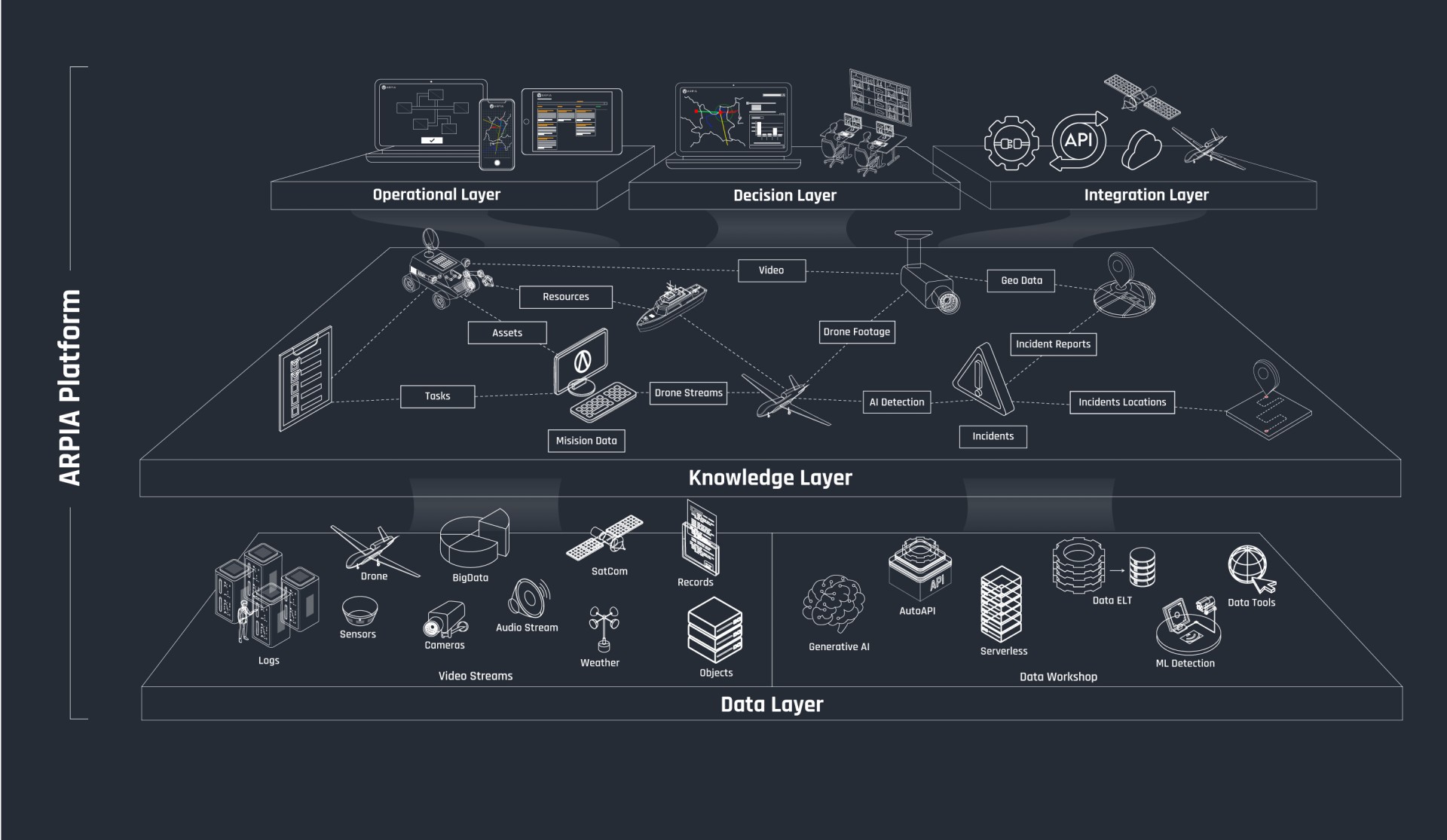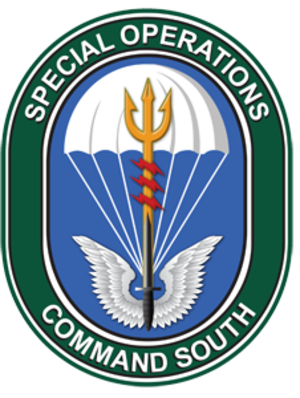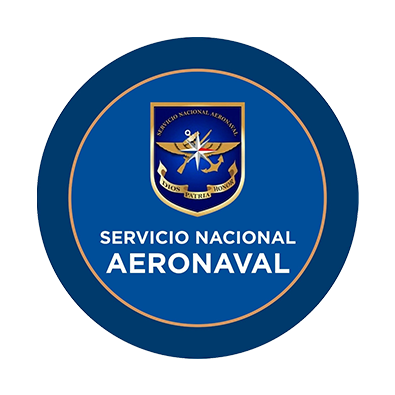Why ARPIA Paladin
ARPIA Paladin combines simulation, real-time coordination, and post-mission analytics into one powerful platform. Whether you’re managing CSAR operations, disaster response, or military training, this platform equips your team with the tools they need to succeed.
A cutting-edge solution designed to seamlessly transition from high-fidelity simulations to live Joint All-Domain Command and Control (JADC2) mission operations. It integrates a wide array of information sources to provide comprehensive control over the full spectrum of mission-critical domains. With ARPIA Paladin, operators gain the ability to adapt swiftly between training scenarios and real-time mission environments, ensuring readiness and precision in the most demanding situations.

Arpia Paladin is a Mission Control Simulator designed to address these challenges by providing a platform that not only simulates real-world scenarios but also prepares organizations for live operations. Through its advanced features, the simulator empowers CSAR teams to:
- Decrease in latency to cover technological gaps.
- Savings in technological project costs.
- Preparation and mitigation of future industry and market requirements and changes.
- Consolidation of internal and external organization data.
- Flexibility for customization and innovation control.
- Increase in productivity.
- Train in realistic environments that mimic the complexities of actual combat zones.
- Improve decision-making through real-time data integration and analysis.
- Analyze past missions to identify areas for improvement and optimize future performance.
Core features of the ARPIA Paladin

1. Comprehensive simulation and training tools
The heart of the Mission Control Simulator lies in its ability to replicate real-world scenarios with stunning accuracy. Using advanced GIS and AI-powered simulation engines, it creates environments that mimic the harsh realities of combat zones. This ensures that CSAR teams can train in conditions that prepare them for the challenges they’ll face in live operations. Furthermore, the platform supports various mission types, including Command and Control (C2), surveillance, and reconnaissance operations.
2. Incident management and task force coordination
One of the most critical aspects of any tactical operation is the ability to manage incidents as they unfold. The ARPIA platform includes a data-driven incident simulation module, enabling users to simulate incidents, manage task forces, and oversee asset deployment. Its integrated dashboards provide a real-time view of operations, allowing teams to respond quickly and efficiently to changing situations on the ground.
Key modules include:
- Incident Map: Track ongoing incidents in real-time.
- Task Force Dashboards: Manage task forces deployed in the field.
- Asset Management: Track and deploy assets to strategic locations.
3. Mission Analytics and Replay
The ability to review missions and analyze outcomes is critical for improving future performance. The Arpia Paladin includes a robust Mission Replay and Post-Mission Analysis feature, which allows teams to review every aspect of their operations. From tactical decisions to asset deployment, every action is recorded and analyzed to identify areas for improvement.
This post-mission capability is a key differentiator, as it enables CSAR teams to learn from past missions and refine their tactics for future success. Moreover, the simulator’s Mission Logbook provides a complete record of each mission, allowing for detailed post-operation reports.
4. Zero-latency real-time communication
In combat and rescue missions, communication is the lifeline that connects teams and ensures mission success. Arpia Paladin offers advanced connectivity solutions through satellite broadband technology, guaranteeing zero-latency communications in even the most remote and challenging environments. This ensures that all units remain in constant communication, and critical data is shared in real-time.
5. Autonomous and mobile operations with ARPIA M1
One of the standout features of the ARPIA platform is its M1 Simulator Box. Encased in a rugged, mobile unit, the M1 is a self-contained, high-efficiency workstation designed to support rapid-response missions in challenging environments. It provides everything needed to run mission-critical operations, including advanced cloud integration, satellite connectivity, and mobile workstations.
This ensures that even in isolated or hostile environments, CSAR teams can maintain full operational capacity, benefiting from real-time data analysis and uninterrupted communication with command centers.
6. Cloud integration for real-time data management
Arpia Paladin is built with a multi-cloud architecture, enabling organizations to leverage the power of the cloud for data-driven decision-making. The platform seamlessly integrates with existing cloud infrastructures, providing access to critical mission data from anywhere in the world. This connectivity enables decision-makers to access real-time information and provide the necessary support to field units in a matter of seconds.
Arpia Paladin has been carefully engineered to deliver measurable value across several strategic dimensions:
Decreased Latency in Operations: One of the key goals of the ARPIA platform is to reduce latency in tactical operations. With real-time data analysis and communication capabilities, teams can make faster, more informed decisions, reducing the time it takes to respond to critical situations.
Cost Savings and Efficiency: By consolidating data from internal and external sources, the platform provides a single source of truth for decision-making. This reduces duplication of effort and streamlines operations, resulting in cost savings and improved efficiency.
Flexibility and Customization: The Arpia Paladin is fully customizable to meet the unique needs of each organization. Whether it’s integrating with existing command and control systems or adapting to specific mission requirements, the platform offers unparalleled flexibility.
Future-Proof Technology: As technology continues to evolve, so too does the ARPIA platform. Its modular architecture allows for the integration of new technologies, ensuring that organizations can remain at the forefront of innovation and preparedness.
Explore the power of ARPIA Paladin

Simulation, training, and post review
Train in a real-world scenario, review the mission afterward, and optimize your strategy for the next one.
- Mission Replay and Analysis: Capture every action for post-mission analysis and use Mission Replay to review critical decisions.
- Incident and Task Management: Manage incidents and task forces with powerful dashboards and real-time data.
- Asset Tracking: Deploy and track mission assets to strategic locations with ease.
How ARPIA Paladin enhances your operations
Real-Time Decision Making: Make faster, data-driven decisions with zero-latency communication and live data from the field.
Post-Mission Insights: Leverage comprehensive mission replays and analytics to improve performance on every future mission.
Total Situational Awareness: Integrate multiple data sources and maps for a complete operational picture, empowering your team to respond quickly and effectively.
Flexible, Cloud-Ready Platform: Operate on-premise or in the cloud with full integration for real-time decision-making anywhere in the world.

Ready to elevate your tactical operations?
Whether it’s Combat Search and Rescue, disaster response, or military training, the ARPIA Mission Control Simulator is the platform you need to prepare, execute, and analyze your missions with precision and efficiency. Join the ranks of leading organizations transforming their tactical operations with ARPIA.
Organizations Using Our Solutions
Arpia Paladin has been used in mission simulations and C&C in the following organizations:







About ARPIA Technologies
Our mission combines specialized divisions in AI and application development, advanced industrial equipment manufacturing, and dedicated human talent. This synergy enables us to deliver strategic projects with unmatched agility and precision.
For over 20 years, ARPIA Group has led the sector, guiding companies of all sizes toward accelerated digitalization, cost optimization, and boundary-pushing innovation.
Use Cases for the Arpia Paladin
The Mission Control Simulator’s capabilities are broad and versatile, making it ideal for a range of applications, including:
Combat Search and Rescue (CSAR): The platform’s simulation and real-time communication capabilities make it an ideal tool
Disaster Response: In emergency situations, the platform can be used to coordinate relief efforts, manage resources, and track the progress of rescue teams.
Military Training and Preparedness: The simulator can be used to train military personnel in a variety of tactical scenarios, from urban warfare to large-scale military operations.
Post-Mission Analysis: Organizations can review missions in detail to identify areas for improvement and optimize future performance.
- Command and Control Systems (C2)
- Emergency Information Management Systems (EIM) Geographic Information Systems (GIS)
- Surveillance and Reconnaissance Systems
- Integrated Communications Platforms
- Private AI Applications to empower C2, C4, EIM, GIS, ISR. Command, Control, Communications, and Computers (C4) ARPIA EDGE M1,C2